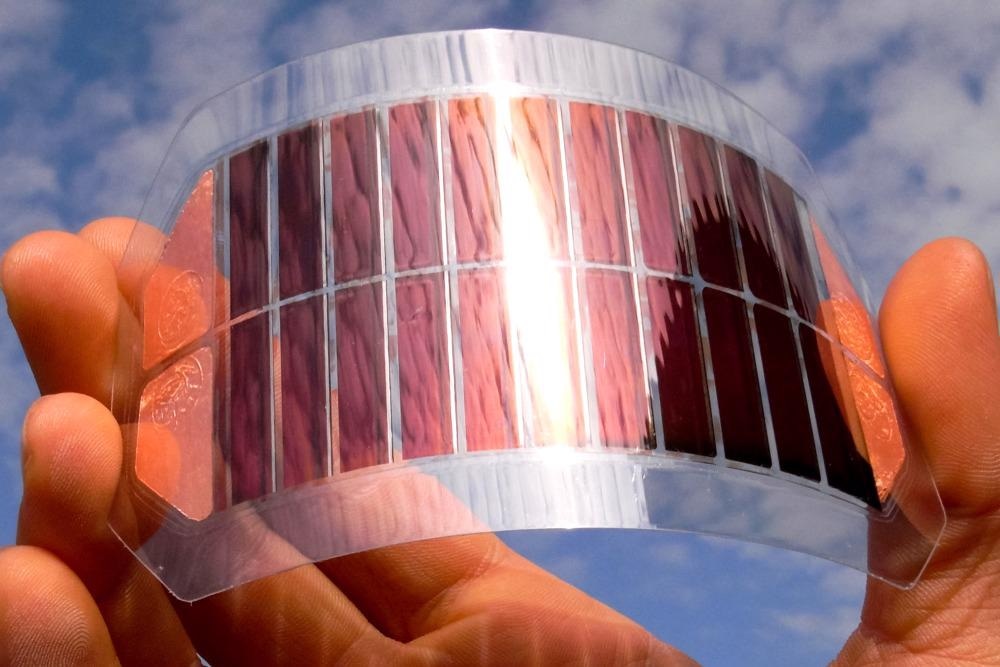Apr 27 2021
Electronic devices have been altered in numerous inventive ways to adapt to the requirements of humans, right from Cat’s-Whisker detectors developed in the early 1900s to electronic circuit chips in modern-day mobile phones.

Image Credit: LuYago/Shutterstock.com
Besides increasing the efficiency of traditionally used semiconductors like silicon, recent studies have focused on investigating more economical semiconductor materials. To meet these demands, a new study published in Nature Materials has successfully modified low-cost semiconducting materials, very similar to the composition of plastic, to conduct electricity more efficiently than before.
Solar cells exhibit the characteristic of converting sunlight into electrical energy. Since it is a renewable source of energy, scientists have been making attempts to enhance the efficiency of solar cells to optimize the usage of sunlight that is received.
Although silicon has been a semiconductor material extensively used in advanced solar cells, several studies have attempted to experiment with combinations of silicon and other materials to increase a solar cell’s efficiency. Other efforts are the use of innovative materials that can be tweaked to convert sunlight into energy.
One such family of materials researchers are now experimenting with is similar to plastic. Although these materials offer more possibilities for adjusting their structure and function, when it comes to efficiency, they have still not been able to match existing silicon-based semiconductor devices.
As part of this study, the team made efforts to enhance the conductivity of this plastic material by using two low-cost and easily available chemicals: hydrobromic acid (HBr) and dimethyl sulfoxide (DMSO). Due to the chemical reactions that occur in the semiconductor material, water is one of the by-products, which makes this reaction much clean.
Moreover, the components involved in this experiment are inexpensive and readily available, which makes it commercially feasible. This material costs 5000 times less compared to the existing class of material used for the same purpose.
Led by Pabitra Nayak from the Tata Institute of Fundamental Research, Hyderabad, the team noted that this new semiconductor device exhibits steady electroconductivity even after long hours of operation at 100 °C.
The team has demonstrated the use of this technique to create the most advanced, new generation solar cell, light emitters, and transistors. Besides exhibiting the potential for creating the next generation of solar cells, the new method could even improve the quality of display in high-definition television and mobile phones.
In addition to these applications, this material might prospectively serve as a turning point in developing devices like biosensors, bioelectronics, and wearable electronics.
Although the mentioned chemical combination is great news, this study also paves various new paths for investigating how more efficient semiconductors can be created with the ideal combination of compatible chemicals to further enhance the existing class of electronic devices.
Journal Reference:
Sakai, N., et al. (2021) Adduct-based p-doping of organic semiconductors. Nature Materials. doi.org/10.1038/s41563-021-00980-x.
Source: https://www.tifr.res.in/